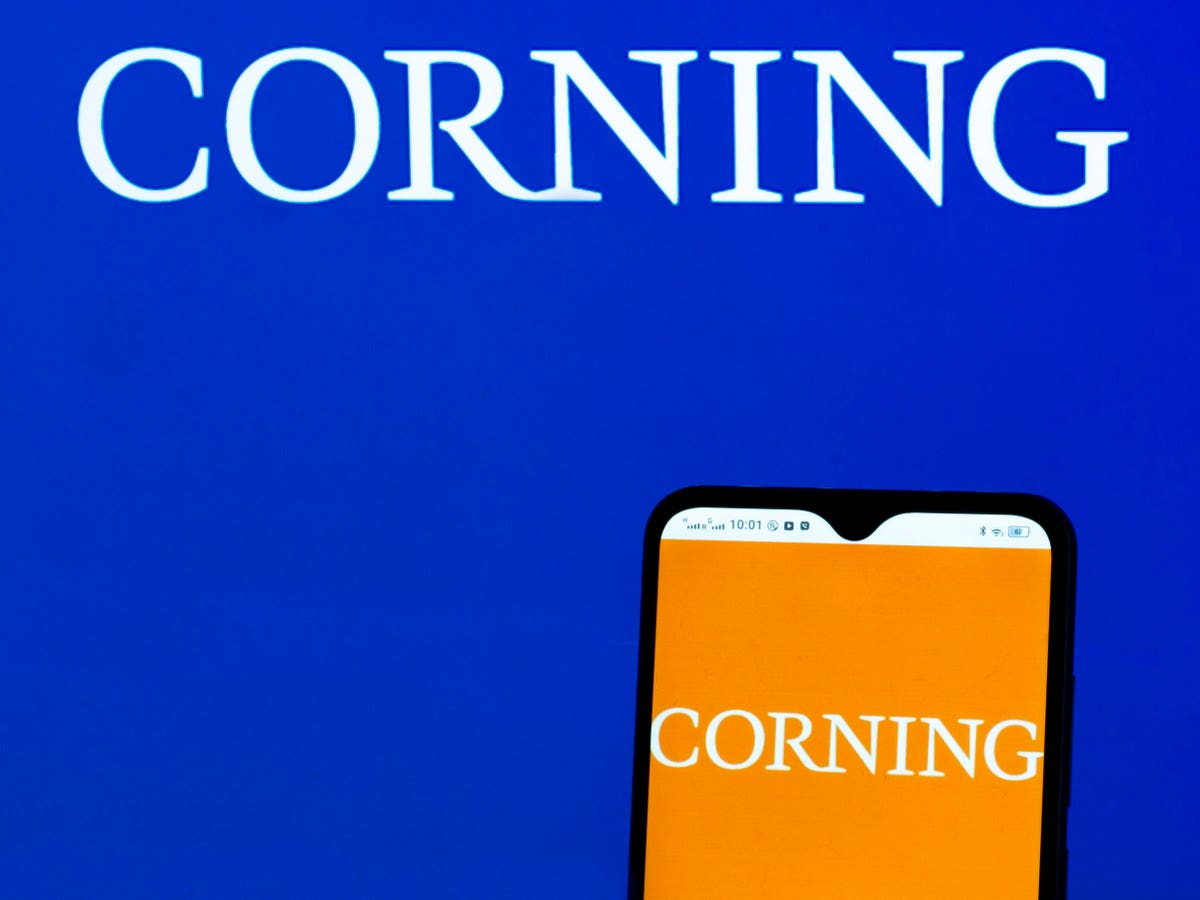Corning stock (NYSE: GLW) currently trades at $32 per share, around 32% below its level of $46 on April 25, 2021 (pre-inflation shock high), and it seems like a good investment opportunity. Corning saw its stock trading at around $32 at the end of June 2022, just before the Fed started increasing rates, and it is now at the same level. In comparison, the S&P 500 gained about 11% during this period.
Returning to the pre-inflation shock level means that Corning stock will have to gain more than 45% from here. While it’s likely that the stock may recover to those levels, we estimate Corning’s valuation to be around $37 per share, about 17% above the market price. This is because the recent uncertainty in the financial sector has made investors concerned about a potential recession. Corning has seen a top-line contraction in the recent past due to supply chain constraints and the impact of China lockdowns. However, this trend is expected to reverse in the coming quarters, likely boding well for GLW stock.
Our detailed analysis of Corning’s upside post-inflation shock captures trends in the company’s stock during the turbulent market conditions seen over 2022. It compares these trends to the stock’s performance during the 2008 recession.
2022 Inflation Shock
Timeline of Inflation Shock So Far:
- 2020 – early 2021: Increase in money supply to cushion the impact of lockdowns led to high demand for goods; producers unable to match up.
- Early 2021: Shipping snarls and worker shortages from the coronavirus pandemic continue to hurt the supply
- April 2021: Inflation rates cross 4% and increase rapidly
- Early 2022: Energy and food prices spike due to the Russian invasion of Ukraine. Fed begins its rate hike process
- June 2022: Inflation levels peak at 9% – the highest level in 40 years. S&P 500 index declines more than 20% from peak levels.
- July – September 2022: Fed hikes interest rates aggressively – resulting in an initial recovery in the S&P 500 followed by another sharp decline
- Since October 2022: Fed continues rate hike process; improving market sentiments help S&P500 recoup some of its losses.
In contrast, here’s how Corning stock and the broader market performed during the 2007/2008 crisis.
Timeline of 2007-08 Crisis
- 10/1/2007: Approximate pre-crisis peak in S&P 500 index
- 9/1/2008 – 10/1/2008: Accelerated market decline corresponding to Lehman bankruptcy filing (9/15/08)
- 3/1/2009: Approximate bottoming out of S&P 500 index
- 12/31/2009: Initial recovery to levels before accelerated decline (around 9/1/2008)
Corning and S&P 500 Performance During 2007-08 Crisis
GLW stock declined from $25 in September 2007 (pre-crisis peak) to $11 in March 2009 (as the markets bottomed out), implying GLW stock lost over 58% of its pre-crisis value. It recovered post the 2008 crisis to levels of around $19 in early 2010, rising roughly 83% between March 2009 and January 2010. The S&P 500 Index saw a decline of 51%, falling from levels of 1,540 in September 2007 to 757 in March 2009. It then rallied 48% between March 2009 and January 2010 to reach levels of 1,124.
Corning Fundamentals Over Recent Years
Corning’s revenues rose from $11.5 billion in 2019 to $13.7 billion in the last twelve months. This can be attributed to the higher demand for 5G and gasoline particulate filters. Corning’s EPS, though, decreased from $1.56 to $1.09 per share over this period. The earnings decline can be attributed to over 300 bps reduction in operating margin. Our Corning Operating Income Comparison has more details. Corning has recently announced a 20% price hike for its display glass products, effective from Q3 of this year, and around the same time, the company expects a pickup in demand. This move should help improve the operating margin, which is facing pressure due to elevated costs.
Does Corning Have A Sufficient Cash Cushion To Meet Its Obligations Through The Ongoing Inflation Shock?
Corning’s total debt decreased from $7.7 billion in 2019 to $6.9 billion now, while its total cash decreased from around $2.4 billion to $1.1 billion over the same period. It also garners about $2 billion in cash flows from operations. Going by its cash cushion, the company appears to be in a good position to meet its near-term obligations.
Conclusion
With the Fed’s efforts to tame runaway inflation rates helping market sentiment, we believe Corning’s stock has the potential for solid gains once fears of a potential recession are allayed. That said, the pressure on the company’s top-line and operating margin remains a risk factor to realizing these gains. This clubbed with fears of a potential recession and its impact on the display products and 5G-related demand, means it may take some time for GLW stock to reach its pre-inflation shock highs of over $47.
What if you’re looking for a high-performance portfolio with a low downside instead? Here’s a reinforced value portfolio that has beaten the market consistently while limiting losses during periods of sharp market declines.
Invest with Trefis Market Beating Portfolios
See all Trefis Price Estimates
Read the full article here













